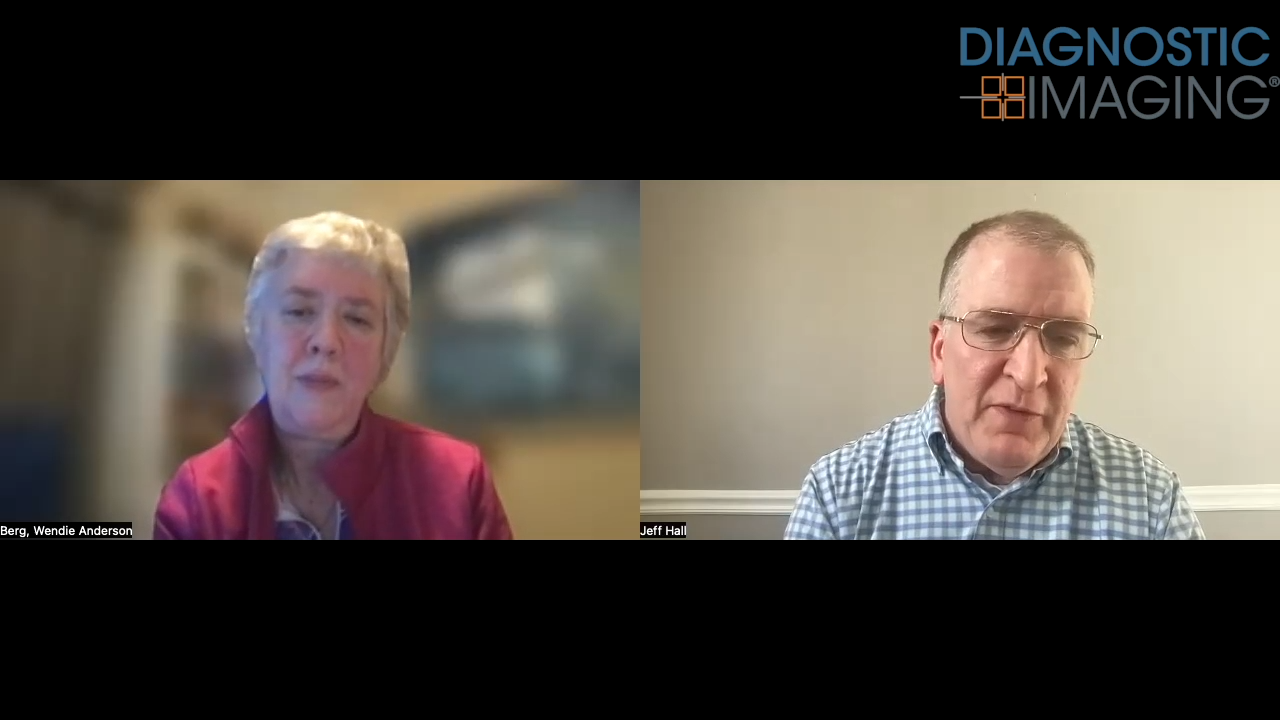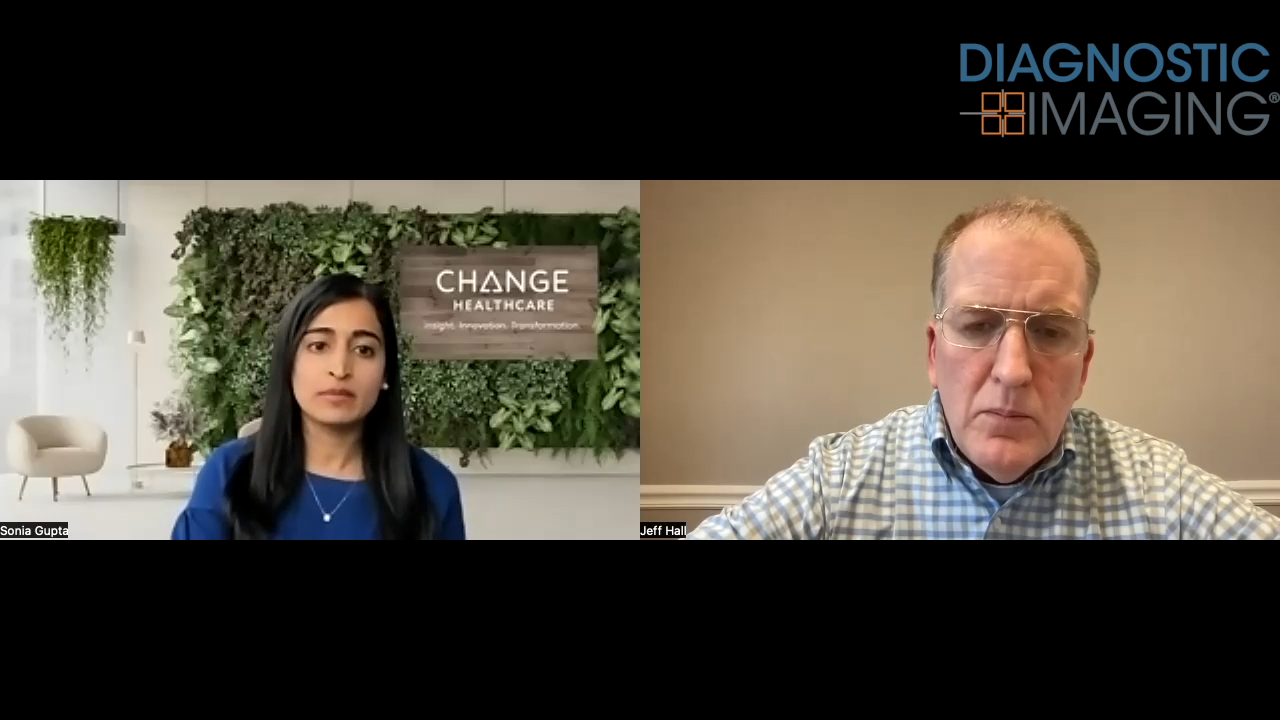Is a Double Fellowship the New Standard in Radiology?
Why more radiologists are prolonging their training and delaying employment.
Diagnostic radiology is a specialty with one of the highest percentages of residents going on to fellowship. More than 90% of radiology residents do so, said Kay Vydareny, associate executive director of the ABR for diagnostic radiology and the subspecialties.
More radiologists these days are finishing that first fellowship and then doing a second. Some go purely for the academic exercise, but most seek the additional training for an advantage in finding a job. The rise of the second fellowship is part of a larger problem, which is the job market, said Steven L. Blumer, MD, attending pediatric radiologist and director of residency and fellowship training at Nemours/Alfred I. duPont Hospital for Children in Delaware.
When finishing his residency in 2009, Blumer said some of his radiology peers went directly into practice. The rest did one fellowship, which gradually became the norm as specialization grew in popularity, and the job market shifted. “As the job market began to contract in recent years, more are doing a second fellowship,” he said.
Why Do a Second Fellowship?
In this tight job market, some radiologists are finding themselves underemployed, and taking jobs they otherwise would not consider, like a teleradiology job paying based on readings, and without a guaranteed salary. Others are being asked to bring their own malpractice insurance, pay for their own benefits, or start with a shorter contract. Even with fewer available jobs, radiologists still want to live where they want to live. Rather than taking a job in a location less desirable to them, they can often secure a fellowship in a city they like, where they can network and be ready to pounce if a local job opens up. In essence, doing a second fellowship can buy time, while also providing additional skills.
Completing two fellowships makes you more marketable, said Razia Rehmani, MD, who finished residency in 2011. She did fellowships in neuroradiology and musculoskeletal radiology because she was interested in both and saw positive hiring trends in those fields. “A lot of people are scared to read brain CTs and MRIs,” she said, and that knowledge and confidence gives her an advantage.[[{"type":"media","view_mode":"media_crop","fid":"28188","attributes":{"alt":"","class":"media-image media-image-right","id":"media_crop_9180856490549","media_crop_h":"0","media_crop_image_style":"-1","media_crop_instance":"2832","media_crop_rotate":"0","media_crop_scale_h":"0","media_crop_scale_w":"0","media_crop_w":"0","media_crop_x":"0","media_crop_y":"0","style":"height: 133px; width: 199px; border-width: 0px; border-style: solid; margin: 1px; float: right;","title":" ","typeof":"foaf:Image"}}]]
The tight job market means that some radiologists decide to do a second fellowship when they feel they aren’t receiving satisfying job offers after the first fellowship. But those going straight through to a second fellowship often apply 1.5 to two years in advance, said Blumer. Any open slots are likely the result of a last minute vacancy. By the time some radiologists decide to do a second fellowship, it can be difficult to land one. Competition depends on the specialty, location, and timing.
Rehmani said she noticed a big difference in the quality of jobs she was offered after completing her second fellowship in neuroradiology compared to her first in musculoskeletal radiology. “When I did my second fellowship, I got many more job offers and much better job offers, plus they give you better titles,” she said. Her offers after the second fellowship were all three-year contracts and a slightly better salary compared to the first round. “It was much better the second time around.”
With two fellowships under her belt, she felt better trained to handle the needs of the changing radiology job market because she was more confident providing services in several radiology areas, which is now expected. She said that more jobs are moving to subspecialists, but they hire one person to do the work of three. “If you’re just doing one thing, you’ll have a hard time finding a job,” she said. Being able to read MSK and neuro allows her to cover several areas of practice, making her more valuable.
The additional training helped her at her job, where she is chief of musculoskeletal radiology at Lutheran Medical Center in New York City. She feels she has an advantage over some radiologists who have been practicing a long time. “I was the only MSK person,” she said. “It gave me an edge. You may be a junior, but you might be more qualified than someone who did a fellowship a long time back or none at all. Everyone is excited to have you, and they want you to revamp their MRI protocols – they feel you recently graduated and know these new things,” she said. She said the hiring committee looks for new radiologists to bring education and additional revenue to the practice.
The Mid-Career Fellow
As the head of duPont’s fellowship program, Blumer said “some of those applicants we would typically not be seeing if the job market was better.” In a better job market, some would already be working a full-time job. But others might be laid off or moving to a different region. “[We’re] seeing mid-career people go back into fellowship training,” said Blumer, some even doing a third fellowship. Without the skills that practices are asking for today, it’s hard for some to find new work. Blumer has received fellowship inquiries from physicians in their mid-60s.
Rehmani gave an example of one of her radiology colleagues who moved across the country for family reasons. With a great reputation and five years experience in academia, her colleague could not find a job because she didn’t have the skills that practices wanted, like reading mammograms. The colleague is now doing a fellowship to shore up her skills.
The Financials
Gaining the additional experience and training is great, but it comes at a financial cost. Medical school is expensive, with a $170,000 median debt for 2012 graduates, according to an Association of American Medical Colleges report. Residency salaries aren’t high enough to help chip away at payments. Fellowships pay in the $50,000 to $75,000 range, said Blumer. The mean radiologist salary, according to a Diagnostic Imagingsurvey, is $355, 641. Given the choice, many radiologists would prefer to go into practice, rather than spend an additional year in fellowship training and losing a significant salary, said Blumer.
For Tirath Patel, MD, a fourth-year resident at University of Toledo Medical Center, a big concern is whether second fellowships are becoming the norm. “Seven years of training, including one internship, four years of residency and two fellowships – that would scare a lot of medical students from going [into radiology].”
New Collaboration Offers Promise of Automating Prior Authorizations in Radiology with AI
March 26th 2025In addition to a variety of tools to promote radiology workflow efficiencies, the integration of the Gravity AI tools into the PowerServer RIS platform may reduce time-consuming prior authorizations to minutes for completion.
The Reading Room: Artificial Intelligence: What RSNA 2020 Offered, and What 2021 Could Bring
December 5th 2020Nina Kottler, M.D., chief medical officer of AI at Radiology Partners, discusses, during RSNA 2020, what new developments the annual meeting provided about these technologies, sessions to access, and what to expect in the coming year.










